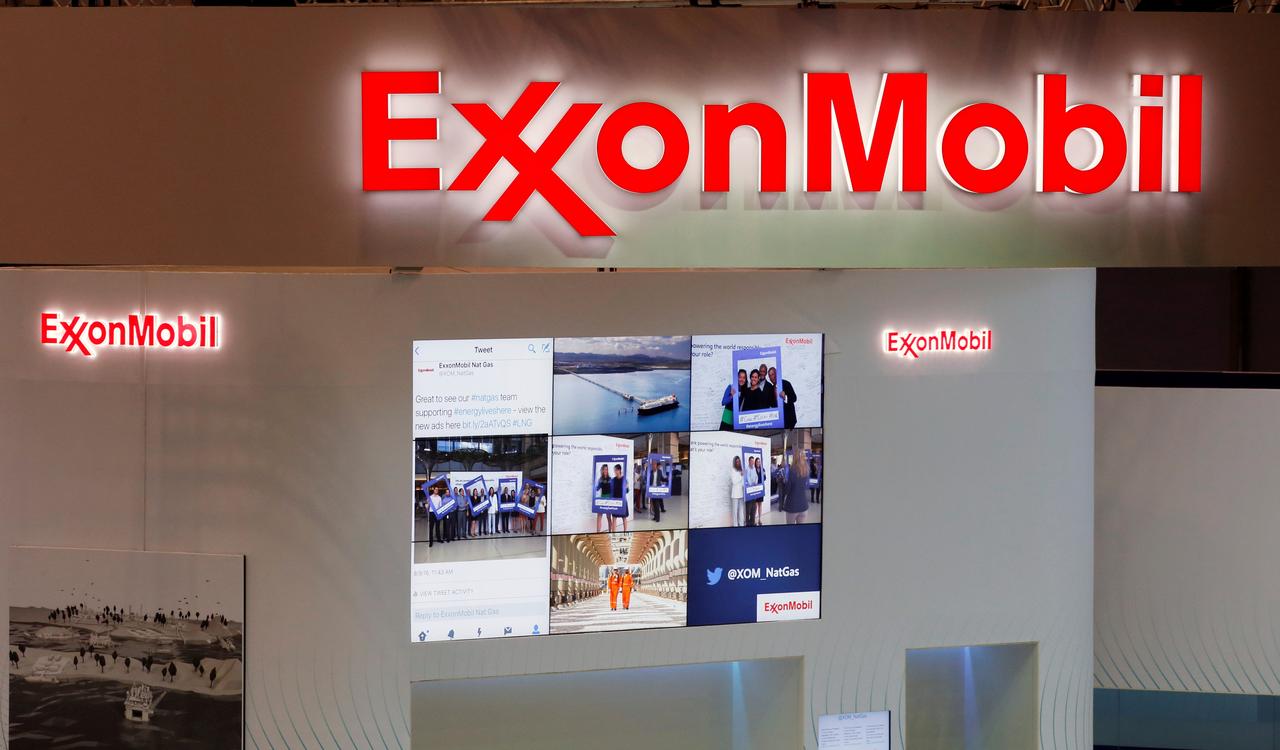

Any decelerating fossil fuel growth would deliver poor returns for current investors. BAU assumes a higher growth future than even OPEC expects. The investment implication is that BAU pricing provides adequate return for transition risk if there is no transition. CTx relies the Intergovernmental Panel on Climate Change (IPCC)'s estimates of the carbon budget and industry supply cost curves to determine price and quantity decline. At the other extreme, “Carbon Tax” (CTx) is a DCF valuation estimate based on immediate, adequate policy responses to meet 1.5C. BAU is a straightforward valuation of a commodity producer if climate change and improving renewable technologies didn't exist. Of the two DCF valuations models, “business as usual” (BAU), relies on historic mean-reverting revenue growth, operating margins, and oil prices. S&P Global Ratings warned that these companies, “face significant challenges and uncertainties engendered by the energy transition, including market declines due to the growth of renewables” ( Robertson, 2021).ĭespite the investment risks, investors and analysts are often slow to price significant secular transitions for reasons including: reliance on backward-looking data/models difficultly/costs in arbitraging overvalued stocks over longer time periods assumed career risk for short-term underperformance seemingly gradual and uncertain timeframes “herding” and “groupthink” biases, etc. Additionally, negative growth raises concerns about distress and business risk ( Damodaran, 2009a Altman, 1993). To mitigate climate change, oil and gas producers need to shrink dramatically over the next 10–30 years, resulting in rapidly declining cash flows and terminal values descending toward zero at the equity level. Moreover, the discrepancy has grown between market prices and a valuation based on a 1.5C carbon policy. From 2005 to 2019, market prices tracked “business as usual” valuations -seemingly ignoring the risk to fossil fuel producers' business models. The analysis demonstrates that fossil fuel producers are significantly overvalued (equity value at risk of up to 70%) as energy transition risks have not been meaningfully priced in. This framework examines ExxonMobil (Ticker: XOM), as a case study, and proxy for fossil fuel valuations. 2 Did underperformance reflect: a deep value bargain with outsized return prospects or the classic “falling knife”- a beaten-up stock still too expensive given declining future prospects and high business risk? This article assesses the pricing of the energy transition, in magnitude and over time, by employing two discounted cash flow (DCF) valuation models with polar opposite assumptions. Last month, Exxon also signaled a writedown of up to $20 billion, mostly related to its natural gas properties.Įxxon shares were down 5.4% at $47.58 in morning trading.By December 2019 (just prior to the pandemic), oil and gas producers underperformed the broader market for multiple years. To cope, the company has cut employees and project spending.Įxxon slashed 2020 spending in the Permian to about $3 billion from an original $7.4 billion budget, and said it would cut the number of drilling rigs working there from 55 to 15 or fewer. oil producer posted losses in the first three quarters of 2020 on an ill-timed spending increase that collided with a downturn in fuel demand and prices.

The value was ultimately adjusted to about $50 billion, the report added.Īt least one employee who complained was fired last year, the WSJ said, citing a person familiar with the matter. Some employees objected to using the new learning curve, which they viewed as unrealistic, it said. When employees delivered the new number, they were asked to “claw back” some of the lost value by using different assumptions, including a more optimistic “learning curve” that estimated the rate at which they would improve drilling times, the report said, citing the whistleblower complaint.


 0 kommentar(er)
0 kommentar(er)
